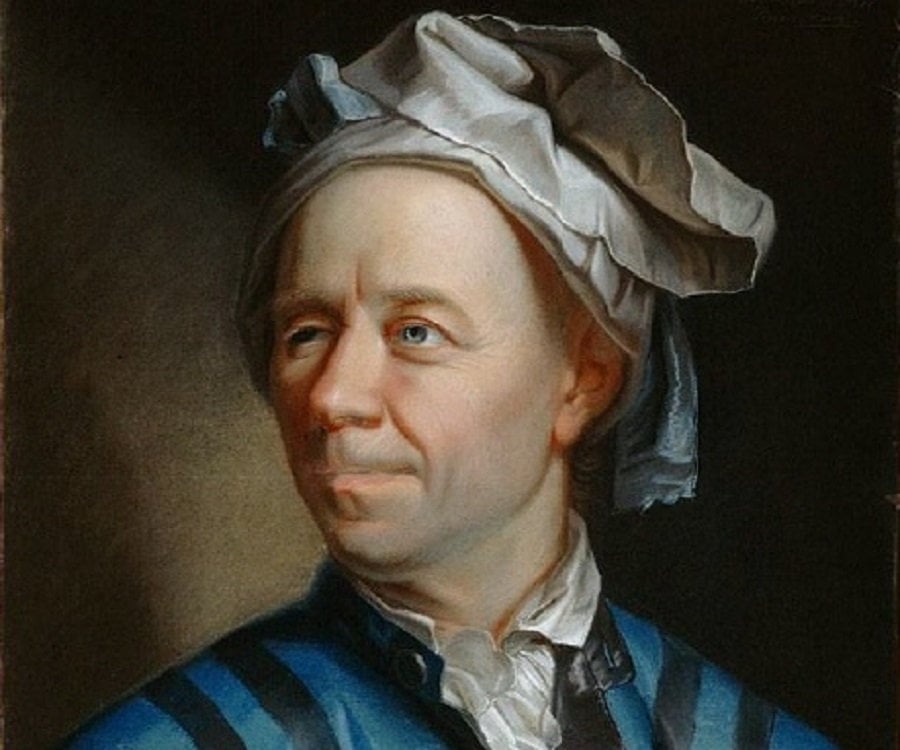I’m already so done with this course.
My textbook:
p: “The weather is bad.”
Exercise:
Represent “the weather is good” using logical symbols.
Me: How am I supposed to answer that? You didn’t give me a letter for that. I guess I’ll use q?
Expected answer: ~p
THIS IS LITERALLY THE CLASS ABOUT LOGIC DHDJFBDHDJDHDHDH
Who let neurotypicals write a logic textbook istg


I mean I’m definitely noticing the patterns. I’m just frustrated that someone who is supposedly an expert in logic let something like that slip. Not assuming that logical negation means “opposite” is one of the first things they teach you. For example, if we were thinking in opposites, the negation of “all” would be “none.” But the negation of “all” is “not all”, where the negation of “none” is “at least one.”
That’s not how it’s usually going to work in discrete - that’s the message the book is trying to communicate to you.
Think like an engineer designing a computer. The state of the weather is something that we are introducing as a binary here - bad or not bad, good or not good.
I’m sure the next few chapters will talk about things like truth tables, right? Try to imagine what those would look like with a “trinary” logic system. Remember math is a tool we use to abstract reality efficiently.
I tool a sql class, so if the trinary logic is True, False, and Null then I don’t have to imagine it, I already learned it.
I suppose you could have “true”, “false”, and “unknown” too. That could be interesting. But it wouldn’t look all that different - AND compares the values and returns the less certain of the two. OR compares values and returns the more certain of the two. Unknown inverted is still unknown. Not that hard.
Qbits have four states, I think? Now those are fun truth tables.
Can you construct a truth table for a trinary logic system half adder?
Probably? I don’t feel like doing homework rn, though, and what would be the point?
Some programs might have reasons to add an additional truth value, (for example, most databases include “NULL”) but trinary would be a terrible choice for hardware. The tolerances are just much more forgiving when you’re detecting the presence/absence of a charge than trying to measure multiple distinct states.
@andros_rex @SuperNovaStar Picking something as continuous as “the weather” to explain negation is just stupid.
Pick something like “locked” or “unlocked”.
Yes, there’s a transition, and we all wave our hands and pretend it isn’t there. The same thing happens in Boolean algebra, when negating something.
Best not to get involved with “all”, “none”, “null”. Because you’ve left out “some”, “many”, “any”, “few”, “more”, “less”, and a host of more subtle values.
@andros_rex @SuperNovaStar Programming languages do logic a lot of injustice, often assuming certain values are false, most values are true, and a few are weird (like “none”). Those are implementations for practical reasons, and not pure math.
Exactly. And sometimes you need to understand the underlying logic well before you even try to program anything. It is far easier to know set theory and then adapt that knowledge to programming than to learn a warped, trimmed down version of set theory just to fit programming languages and then try to derive the real thing once you run into a problem that needs it.
funnily enough, there exists an empty set, which contains no elements (none), but there doesn’t exist a “full” set which contains “all” elements. how interesting is that …
Um, but there is?
It’s called the universal set, and it contains all elements possible within the domain of consideration
the set that contains everything is not a (proper) set, according to 20th century mathematicians.
That’s because it would contain “impossible” elements, i.e. elements for which contradictory statements both hold true. That shakes the foundations of maths, so it’s typically excluded from maths, and not called a “set”. (it’s called “class” instead.)
Fair enough. Standard set theory would not allow for such a set to exist, and it would have to either be constructed in an alternate set theory with different axioms or, as you said, called a ‘class.’
But it’s not as if the concept isn’t there, it just needs a little special treatment.
well, yeah
what seems interesting to me is that these “impossible” mathematical objects typically have the property of being self-contradictory. That means, they include statements that contradict each other. Much like a human mind might contain desires that contradict one another. That’s what makes this point so fascinating to me:
Typically, in maths, we assume that objects are eternal. If you have an object, like the
exponential function, it’s always the same function, no matter when you refer to it. But in reality, things change. I find it utterly fascinating to model such things as well.That’s an interesting way of looking at things. It is telling that our best models of reality so far are wildly different from each other and mutually exclusive
It is not mutually exclusive, i would say one is a subset of the other.